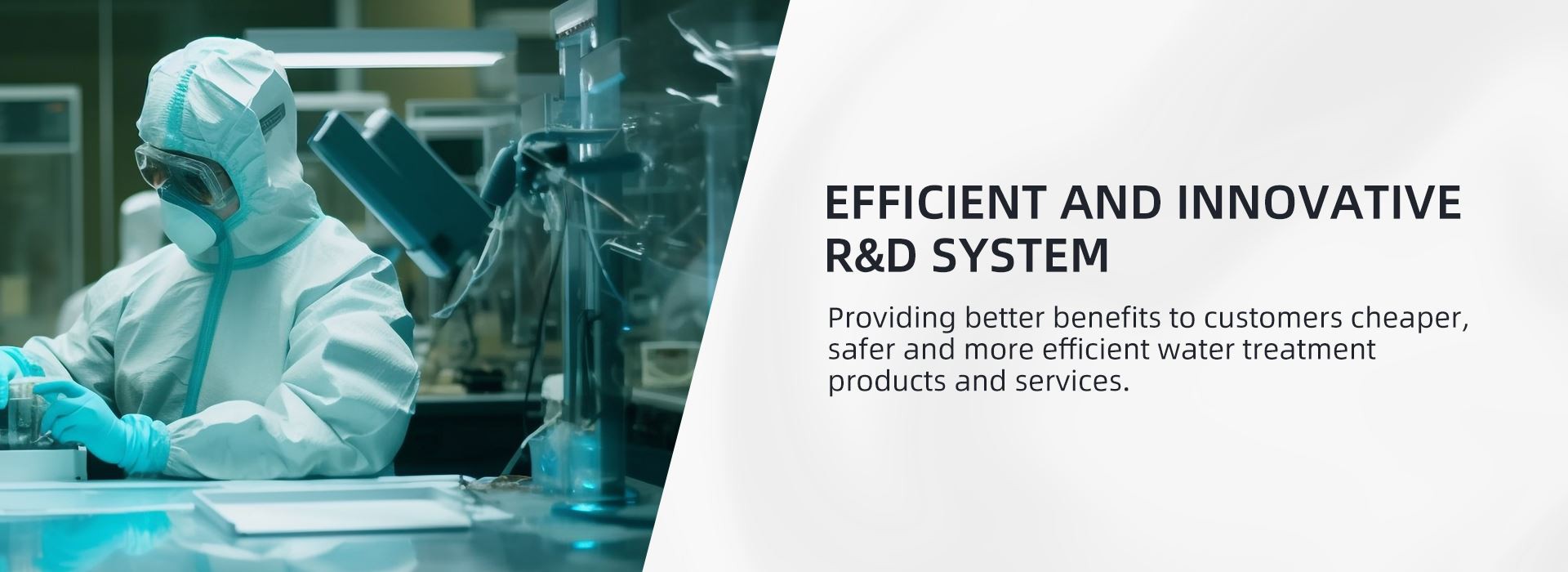The difference between softened resin and silicophosphate crystals. We mainly compare from the following two aspects.
1. The working principle
The working principle of silicon phosphorus crystal: Simply put, it is to change the water substructure in a chemical way to achieve the purpose of scale inhibition. A self-repairing protective film is formed on the iron pipeline to achieve the purpose of anti-corrosion. It is easy to form insoluble substances such as calcium carbonate and magnesium carbonate in the inner wall of the water supply pipeline. The polyphosphate in the drinking water treatment agent can react with the above metal ions to form soluble complexes, inhibit the formation of calcium carbonate and magnesium carbonate, and disperse to the water. After reacting with iron ions, a dynamic protective film is formed on the inner wall of the pipeline to prevent corrosion and scale.
Silicon phosphorus crystal is an economical and effective water treatment agent used to protect domestic drinking water and industrial water system pipelines, it adopts controlled release technology, the main components are composed of polyphosphates and polypsilicate, it is fired by high temperature technology into the glass ball.
Softened resin working principle: softened resin is generally speaking, when the water flows through the resin layer, the calcium and magnesium are adsorbed to the resin through the ion action, so that the water that flows out basically does not contain calcium and magnesium ions, and the calcium and magnesium ions do not naturally scale.
The water treatment resin softening equipment process is: work (sometimes called water production, the same below), backwashing, salt absorption (regeneration), slow washing (replacement), fast washing five processes. All processes of different softened water equipment are very close, but due to the actual process or control needs, there may be some additional processes. Any sodium ion exchange based softened water equipment is developed on the basis of these five processes.
2. Comparison of advantages and disadvantages
The advantages of silicon phosphorus crystal: no electricity, no complicated operation, no waste of water, low cost.
Disadvantages of silicon phosphorus crystal:
1. the use of limitations: silicon phosphorus crystal need to be equipped with special silicon phosphorus crystal dosing tank, there must be water flow; When the concentration of silicon and phosphorus crystals in the effluent water reaches 3-5ppm, the anti-corrosion and scale inhibition effect can reach more than 80%, and the effect is greatly reduced if the water source is stationary.
2. time limitation: silicon phosphorus crystal will increase with the soaking time, environmental temperature and other water concentration. In the middle of the process there is a drainage process will change its concentration value. When the concentration is very high, the corresponding heavy metals will also increase, and drinking at this time will be harmful to the human body.
3. environmental requirements: can not be used for closed circulation system.
Advantages of softened resin: Because it is used by adsorption, ion exchange resin. The treated water can be used in steam boilers or closed water circulation systems: such as heating systems, primary water for heat exchange equipment, cold water in steel mills, central air conditioning, etc. Of course, it can also be used for domestic hot water.
Disadvantages of softened resin: Water cannot be used during the exchange process. In the process of regeneration, waste water needs to be discharged and salt water needs to be inhaled.


